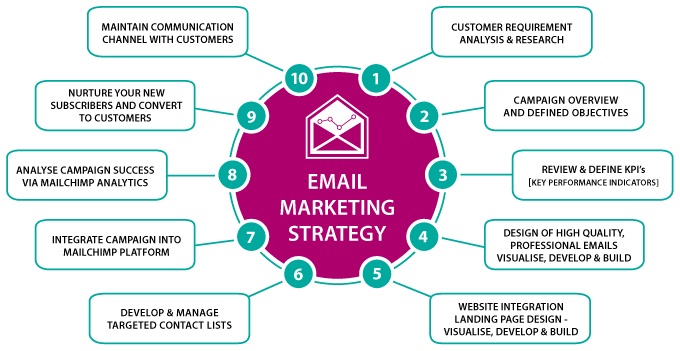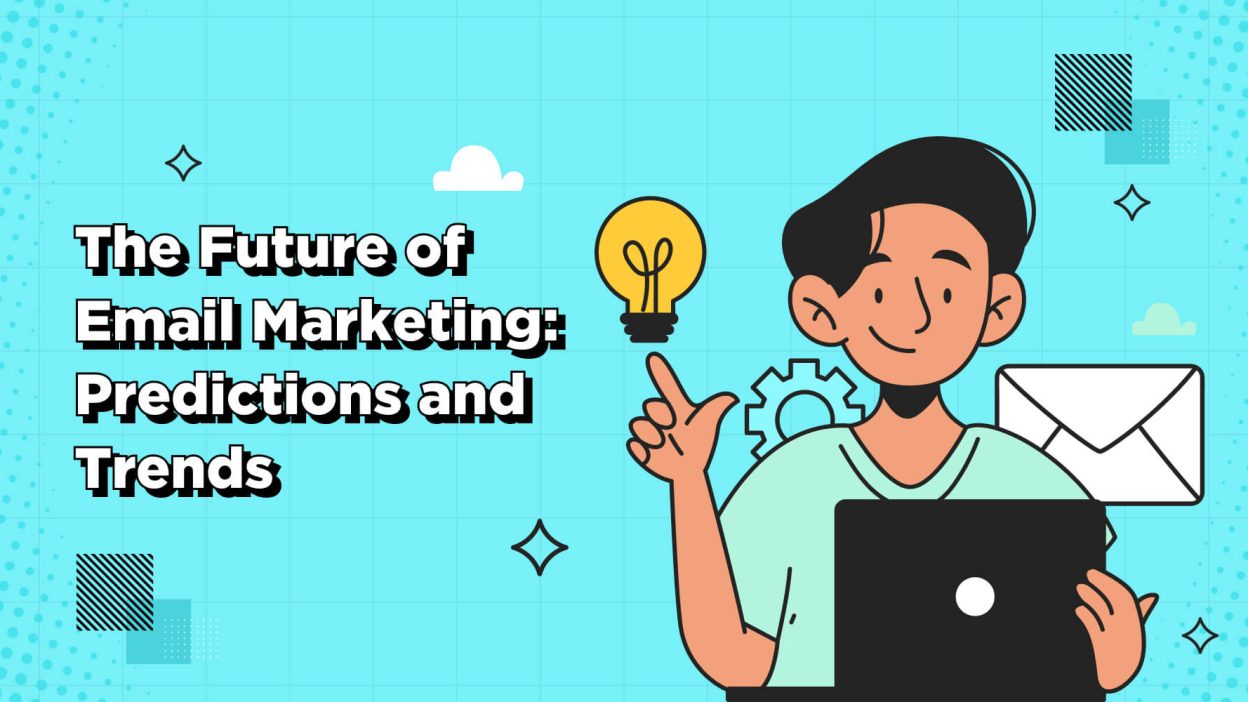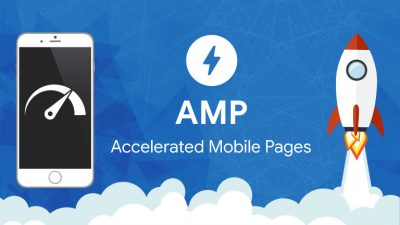Introduction
Email marketing remains one of the most powerful tools in digital marketing, even in 2025. Despite the rise of social media, messaging apps, and AI-driven chatbots, email continues to deliver unmatched ROI, engagement, and customer retention. However, the landscape has evolved dramatically. Today’s email marketing is driven by automation, hyper-personalization, and a growing emphasis on data privacy.
In this blog, we’ll explore how these three pillars are shaping the future of email marketing, the latest trends and technologies, and how businesses can adapt to stay ahead.
1. The Evolution of Email Marketing
Email marketing has come a long way from generic newsletters and batch-and-blast campaigns. In 2025, it’s:
- AI-powered: Leveraging machine learning to predict user behavior and personalize content.
- Interactive: Featuring dynamic elements like polls, countdowns, and carousels.
- Privacy-conscious: Adhering to strict data protection laws and user expectations.
2. Automation: Smarter, Faster, More Efficient
🔄 What Is Email Automation?
Email automation refers to the use of software to send emails based on user actions, behaviors, or predefined triggers. It allows marketers to deliver timely, relevant messages without manual intervention.
🚀 Benefits of Automation
- Saves time and resources
- Improves engagement and conversion rates
- Enables scalable personalization
- Supports lead nurturing and customer retention
🧠 AI-Driven Automation in 2025
Modern automation tools use AI to:
- Predict the best time to send emails
- Automatically segment audiences
- Generate personalized subject lines and content
- Optimize send frequency and cadence
🛠️ Top Automation Tools
- Mailchimp: AI-powered recommendations and smart scheduling
- ActiveCampaign: Advanced workflows and CRM integration
- Klaviyo: E-commerce-focused automation with predictive analytics
- HubSpot: Full-stack marketing automation with personalization features

3. Personalization: Beyond First Names
🎯 What Is Hyper-Personalization?
Hyper-personalization uses real-time data, AI, and behavioral insights to tailor email content to individual users. It goes far beyond using a subscriber’s name—it customizes the entire experience.
📊 Key Personalization Strategies
- Behavioral Segmentation: Group users based on actions like clicks, purchases, or browsing history
- Dynamic Content: Show different products, offers, or messages based on user preferences
- Predictive Recommendations: Suggest products or content based on past behavior
- Location-Based Offers: Customize promotions based on geographic data
🧠 AI in Personalization
AI tools analyze vast amounts of data to:
- Create personalized journeys
- Recommend content and products
- Adjust tone and messaging style
- Predict churn and re-engage users
📈 Impact of Personalization
- 80% of users are more likely to engage with personalized emails
- Personalized subject lines increase open rates by up to 26%
- Companies using AI personalization see 2x higher conversion rates
4. Privacy: The New Priority
🔐 Why Privacy Matters
With increasing concerns about data misuse, privacy has become a central issue in email marketing. Consumers demand transparency, control, and ethical data practices.
📜 Key Regulations in 2025
- GDPR (EU): Still the gold standard for data protection
- CCPA & CPRA (California): Enhanced rights for consumers
- Global Privacy Laws: Countries like India, Brazil, and Canada have introduced strict regulations
✅ Best Practices for Privacy
- Obtain explicit consent before collecting data
- Use double opt-in for subscriptions
- Provide clear unsubscribe options
- Avoid buying email lists
- Encrypt and secure user data
🧠 AI and Privacy
AI can help ensure compliance by:
- Automatically flagging risky data practices
- Managing consent and preferences
- Anonymizing user data for analysis

5. Trends Shaping Email Marketing in 2025
📱 Mobile-First Design
With over 70% of emails opened on mobile devices, responsive design is non-negotiable. Use single-column layouts, large fonts, and touch-friendly buttons.
🧩 Interactive Emails
Interactive elements boost engagement:
- Polls and surveys
- Countdown timers
- Clickable carousels
- Embedded videos and GIFs
📊 Real-Time Analytics
Modern platforms offer real-time insights into:
- Open and click-through rates
- Heatmaps of email engagement
- Conversion tracking
- A/B testing results
🔄 Omnichannel Integration
Email is now part of a broader ecosystem:
- Sync with SMS, push notifications, and social media
- Unified customer profiles across platforms
- Seamless cross-channel campaigns
6. Building a Future-Proof Email Strategy
🧱 Step-by-Step Framework
- Define Goals: Lead generation, sales, retention, etc.
- Segment Audience: Use behavioral and demographic data
- Create Content: Personalized, valuable, and mobile-friendly
- Automate Workflows: Welcome series, cart abandonment, re-engagement
- Ensure Compliance: Follow privacy laws and ethical practices
- Analyze & Optimize: Use data to refine and improve
🧠 Tools to Use
- CRM Integration: Salesforce, Zoho, HubSpot
- Analytics Platforms: Google Analytics, Mixpanel
- Email Builders: Stripo, BeeFree
- Testing Tools: Litmus, Email on Acid

7. Case Studies
🛍️ E-Commerce Brand
Used AI to personalize product recommendations in emails. Result: 40% increase in click-through rates and 25% boost in sales.
🧑💼 B2B SaaS Company
Automated onboarding emails based on user behavior. Result: 30% reduction in churn and 50% increase in trial-to-paid conversions.
📱 Mobile App
Implemented privacy-first email strategy with clear opt-ins. Result: Higher trust scores and improved engagement metrics.
8. Challenges Ahead
⚠️ Data Overload
Managing and analyzing large volumes of data can be overwhelming. AI tools help, but human oversight is essential.
⚠️ Privacy vs. Personalization
Finding the right balance is tricky. Over-personalization can feel invasive; under-personalization can feel irrelevant.
⚠️ Tech Fatigue
Users are bombarded with emails. Standing out requires creativity, relevance, and timing.
Conclusion
The future of email marketing is bright—but only for those who embrace change. Automation, personalization, and privacy are no longer optional; they’re essential pillars of success in 2025.
By leveraging AI, respecting user data, and delivering meaningful content, businesses can build lasting relationships and drive measurable results. Email isn’t dead—it’s evolving. And those who evolve with it will thrive.





